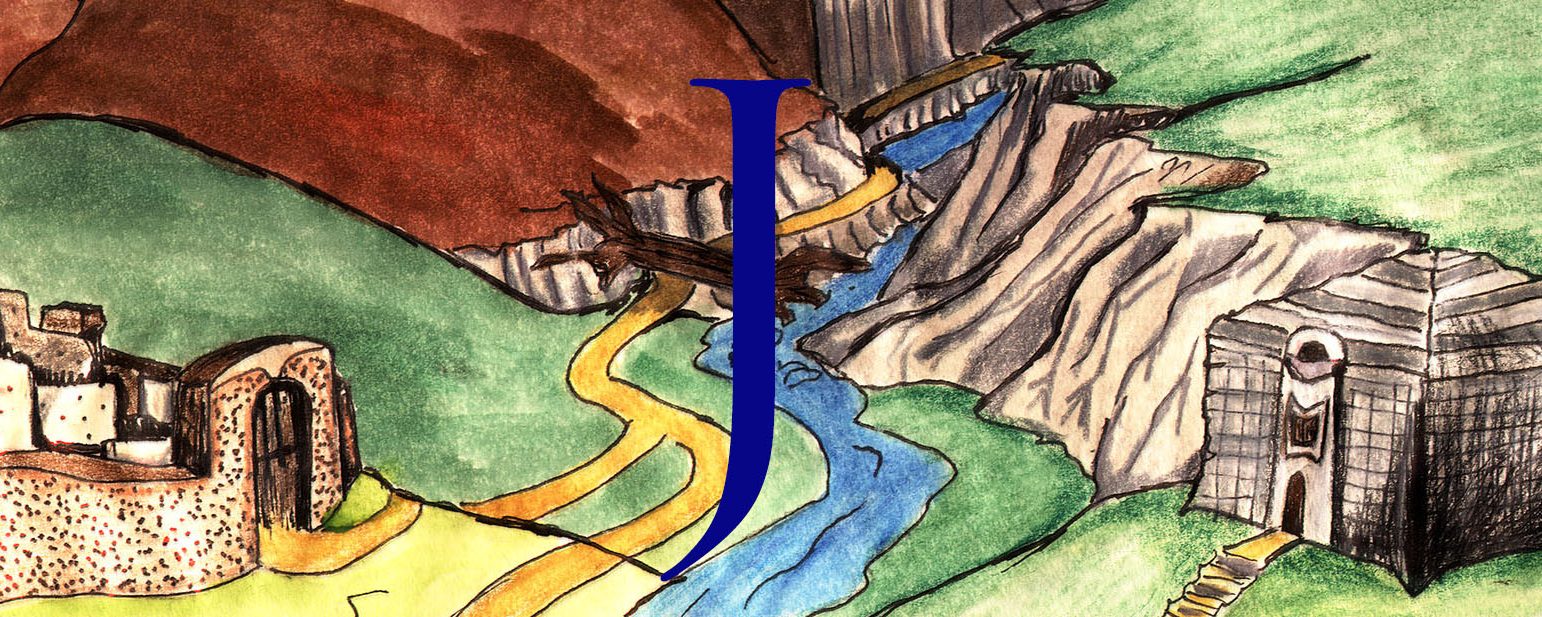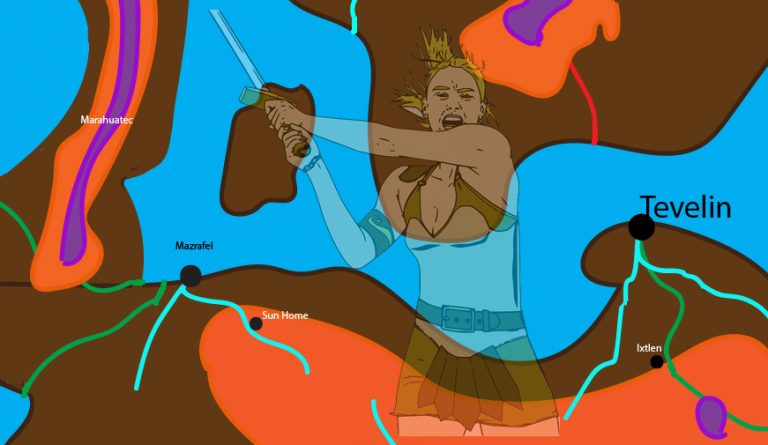The Removal of the Tree
 In the center of the city stood the tree. It had stood there since the city was founded. Nobody was certain how old it was.
In the center of the city stood the tree. It had stood there since the city was founded. Nobody was certain how old it was.
There were those who wanted to call the tree majestic, but few who could manage to do so without qualification. The tree was somewhat tall, but not unusually so. It was very large, but it’s growth was haphazard and tended to go outward rather than upward.
Around the tree was a park. It wasn’t used that much any more, and the tree itself had taken over much of the space with its horizontal growth.
The planning commission proposed removal of the tree. There was an investor who wanted to erect a new skyscraper on that land.
This is a work of fiction. Any resemblance of the places, persons, or events to anything in real life is strictly coincidental.
Copyright © 2015
Henry E. Neufeld
To those who objected on environmental grounds, the planning commission noted that they had planted many more trees around the newer areas of the city, and that the builder proposed many excellent environmental features in his new building. The net effect of the changes to be made, they said, would result in a better environment, not worse.
To those who objected to the loss of the park and the recreational space, they pointed to all the new parks they had created in new areas of the city. Nobody, they claimed could say that they were not concerned about the aesthetics and the recreational needs of people in the city.
To those who objected on grounds of tradition, they pointed out that in this case tradition was going to cost a great deal. All things eventually pass away, and the tree’s time is now. Scraggly tree vs. stately, environmentally sound building? No contest!
So they gathered the equipment and the laborers. The tree was large and its removal was quite a scene. Branch by branch and piece by piece the tree was removed until there was a hole in the ground. From the hole roots went out in all directions.
There was quite a discussion about what to do about those roots. Should the hole be filled in leaving the remaining root system? Should they dig further—a considerable task—and remove those roots by hand.
So all the engineers, tree specialists, and supervisors got together and discussed it. One of the tree specialists had developed a method, he said, by which he could burn the roots out. The right injection of fuel and oxygen, and the roots would burn slowly back into the ground until only the very smallest would be left. Then the hole, and all the resulting space could be filled, leaving more stable ground for the new building.
For everything there was an answer.
To those who worried about the heat generated by creating this sort of furnace under the city center, the specialists pointed out that this had been tried before, with no damage resulting. Of course, it had been tried on much smaller trees.
To those who pointed out that there was no certainty as to how large the root system actually was, the specialists provided an estimate, based on knowledge of a variety of trees. The worst case, they said, was quite manageable.
So the slow burn started.
Probably someone should have responded the first time scalding hot water came from a cold water tap in the downtown area. But it was regarded as a minor setback, and besides, it would now be much harder to put the fire out than to simply let it burn out. According to the worst case estimate, the root system was nearly gone in any case. So the burn continued.
Far under ground, but not far enough, there was an underground stream. One of the roots of tree had reached that stream. It took a great deal of water for such a large tree to grow. As the slow burn approached, water began to leak back around the root into the system of tunnels created by burning out the root system. At first, it was just a little, but water, once it finds a path, tends to make it bigger.
When water started to fill the hole, some of the engineers were concerned. They knew of no underground water that could be reached by the tree’s roots. The water put out the fire and slowed the progress. But the end of that large root was sitting there like a plug in a wall of dirt, with nothing to hold it. Eventually it broke away completely. Water started to gush into the tunnels.
There was some disturbance in the water filling the hole where the tree had been once, but it was only a little, so everyone thought the problem was going away.
They were wrong. Nobody had actually conceived of the size of the root system that had sustained that tree. The underground stream was deep under the downtown area. It actually fed quite a number of rivers and streams far from the city. But here it found a place to spread out, all under the downtown area of the city.
Every crack, every open space under the city was filled with water, and the dirt began to shift.
It started with a couple of sink holes. Some of the engineers started to panic, while others pointed out that the damage was minor, and that doubtless the rest of the city was more solidly founded.
But that was not the case.
As tall stately buildings, much preferred by the planning commission, fell to their doom in the waterlogged soil, the tree had its revenge.
(Image credit: OpenClipart.org, Inky2010)
Discover more from The Jevlir Caravansary
Subscribe to get the latest posts sent to your email.


